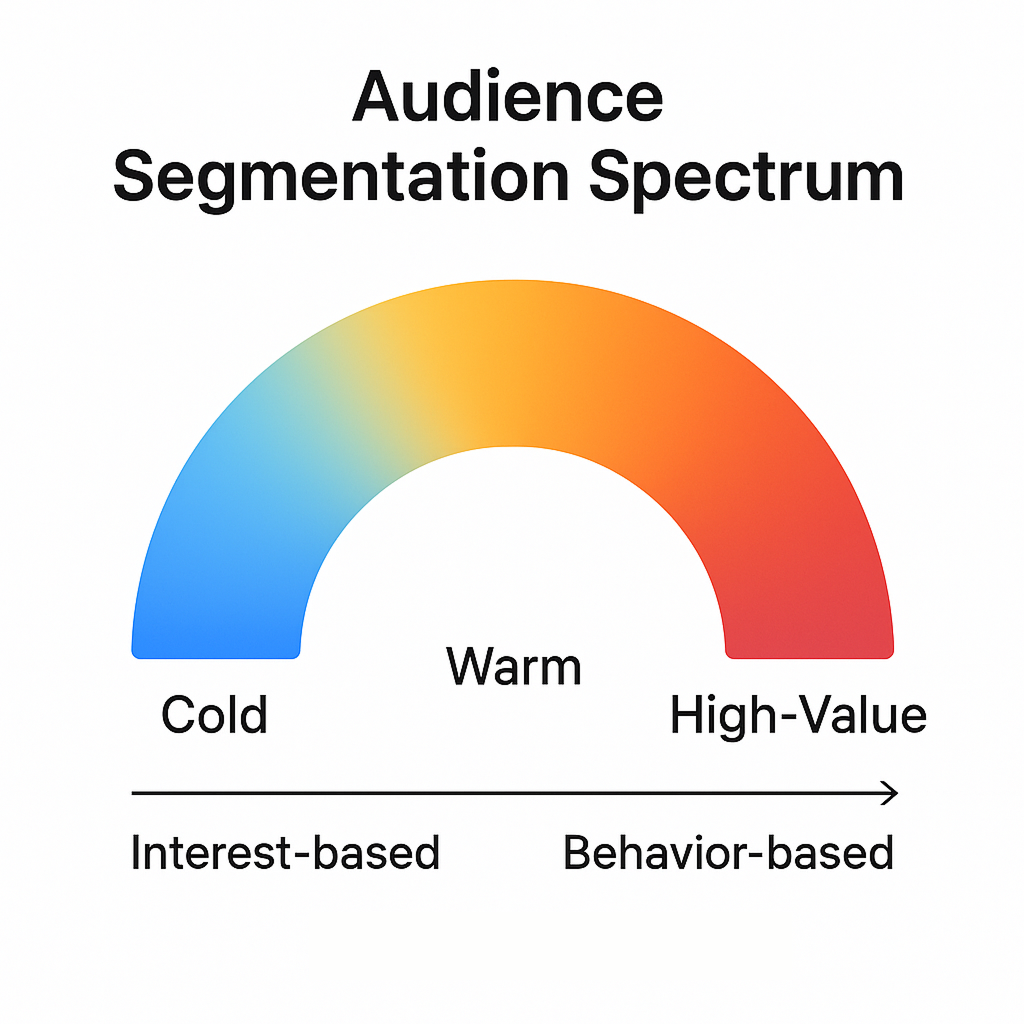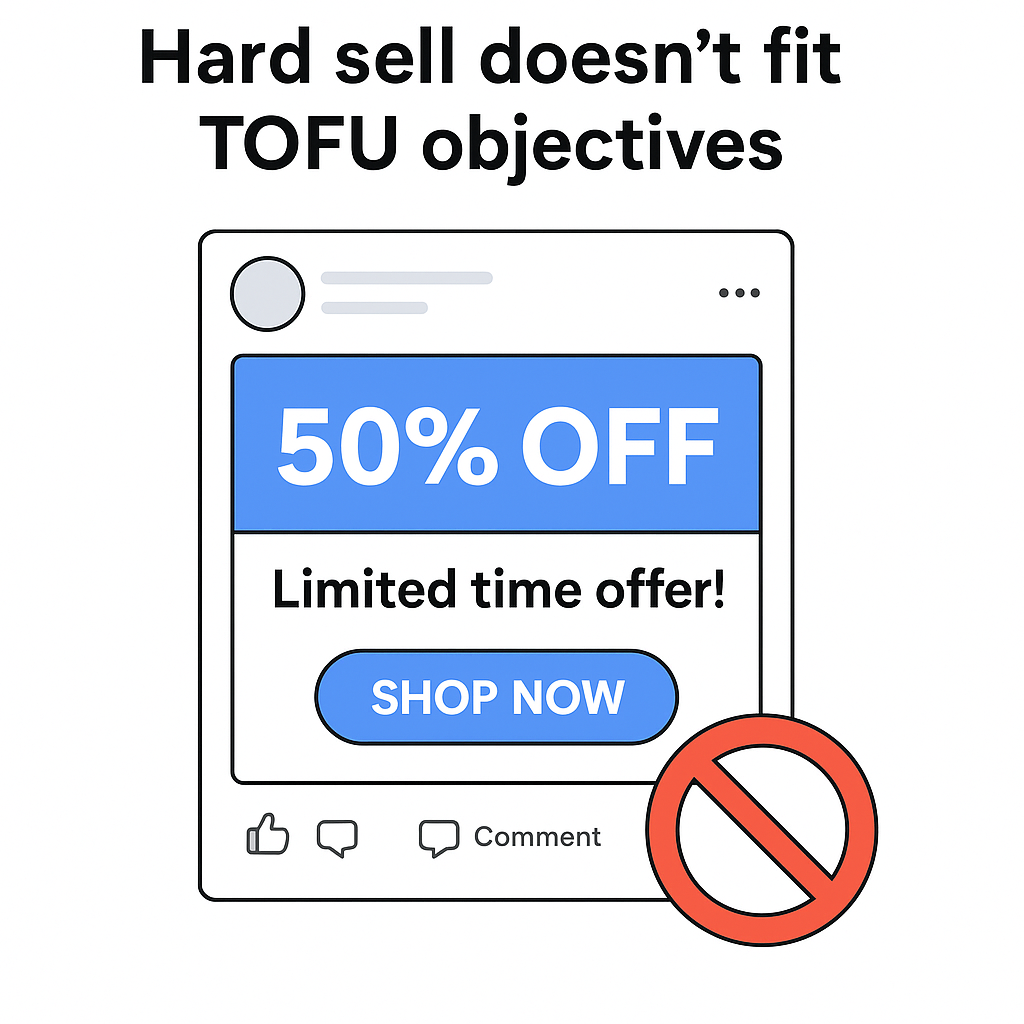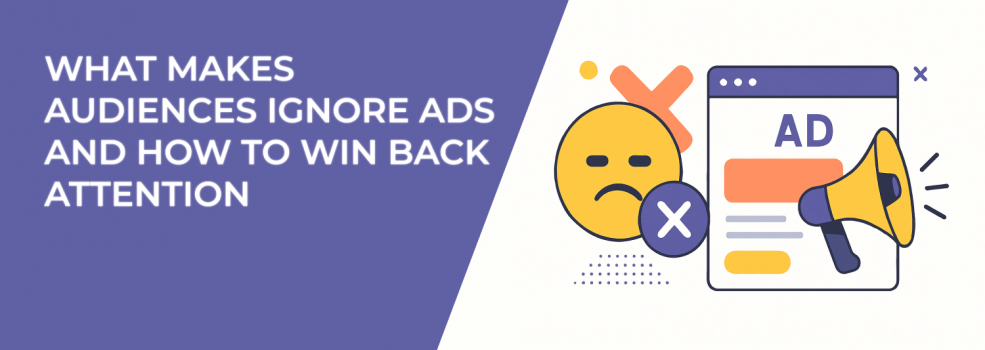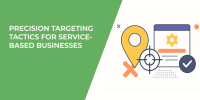Ad blindness isn’t just a theory, it’s your CPMs rising while clicks flatline.
Audiences scroll past, skip, or block out ads without a second thought. And in many cases, they never even see them. But why?
Let’s break down the psychology behind why people ignore ads, and how smart marketers are using better targeting, sharper creative, and smarter timing to win attention back.
1. The Brain Automatically Filters Out “Ad-Like” Content
People don’t ignore all ads — they ignore the ones that feel like ads.
Overly polished visuals, vague taglines, or that classic stock-photo look? That’s all background noise now. Our brains are trained to skip anything that screams “generic promotion.” It’s a defense mechanism that protects us from information overload.
How to Fix It:
Use visuals that don’t feel like ads. Instead of polished stock graphics, try:
-
Native-feeling visuals: Use lifestyle photos or images that look like UGC (user-generated content).
-
Subtle movement: Incorporate animation or motion-based transitions that disrupt scroll behavior.
-
Bold, unexpected hooks: Lead with surprising stats or personal-feeling questions like “Why are your best customers ignoring your ads?”
You can even streamline production by testing AI creative tools that create more engaging ad assets.
2. Your Targeting Feels Too Broad or Too Off
When someone sees your ad and immediately thinks, "this isn’t for me," you’ve already lost. Irrelevant impressions don’t just waste money — they send negative feedback signals to the algorithm.

How to Fix It:
-
Segment smarter: Instead of generic interest audiences, use segmentation by buyer stage (awareness, consideration, purchase intent), purchase behavior, or average value.
-
Tap into Facebook group-based targeting using LeadEnforce, which allows you to build custom audiences around niche group activity.
-
Update and refine lookalikes: Base them on high-value converters, not just bulk customer lists.
Need guidance on getting your targeting right? Start with this target audience guide.
3. You’re Talking to Everyone, So You’re Resonating with No One
Trying to talk to "everyone" leads to watered-down messaging. The result? Nobody feels like you're speaking to them — so they scroll right past.
Try This Instead:
-
Make your copy hyper-specific: Speak to a niche group with language that reflects their reality. For example, "For e-commerce store owners who spend more on ads than sleep."
-
Reference situational context: Are they launching a product, trying to hit Q4 goals, or recovering from a failed campaign?
-
Use industry lingo selectively: Jargon can alienate, but when used wisely, it signals that you're one of them.
If you’re getting impressions but few clicks, check out why your Facebook ads aren’t converting.
4. The Creative Doesn’t Match the Intent
Great creative fails when it’s shown to people at the wrong stage of the buyer journey. The problem isn’t always the ad — sometimes it’s the timing.

Better Approach:
-
Match message to funnel stage:
-
Top-of-Funnel: Use educational content (how-to videos, quick tips) or entertaining scroll-stoppers.
-
Middle-of-Funnel: Show proof with reviews, comparisons, or social proof assets.
-
Bottom-of-Funnel: Get direct with urgency, clarity, and low-friction CTAs.
-
-
Bridge gaps with middle offers: Quizzes, lead magnets, or mini-demos can warm up leads without asking for a sale.
To build a better structure, revisit your Meta campaign objectives and align messaging accordingly.
5. Ad Frequency Fatigue Is Real
Repetition creates familiarity — until it doesn’t. At a certain point, the same ad becomes invisible. Or worse, annoying.
What To Do:
-
Monitor ad frequency: Use Ads Manager to spot ad sets above a 3–4 frequency score for cold traffic.
-
Rotate creative regularly: Swap headlines, visuals, or formats. Even subtle changes count.
-
Set automated performance rules: Pause or throttle delivery for ads with declining CTRs or engagement.
Read more about how to detect and fix ad fatigue.
6. Your Offer Doesn’t Feel Urgent — or Valuable
Even if someone stops, reads, and likes your ad — they may not act. Often, the issue isn’t attention. It’s incentive.
Upgrade Your Offer:
-
Anchor it to a specific timeframe: Tie your offer to events (e.g. end-of-month bonuses, seasonal milestones, industry trends).
-
Communicate benefits clearly: What are they getting? What does it solve? Make the value immediate and concrete.
-
Offer something useful even without purchase: This could be a guide, calculator, or swipe file — just make it worth the click.
A well-framed offer doesn't just attract clicks — it drives action. The goal is to make taking the next step feel like the obvious, low-risk choice.
TL;DR — How to Win Back Attention
People ignore ads for a reason. But attention can be won back through relevance, clarity, and consistency.
Quick Checklist:
-
Use scroll-stopping visuals that feel native.
-
Target based on behavior and buying intent.
-
Speak to a specific pain, not a generic persona.
-
Align creative with the right funnel stage.
-
Rotate creative to avoid frequency burnout.
-
Build offers that feel urgent and valuable.
Curious why some ads break through immediately while others disappear into the feed? It’s rarely random. Usually, it’s alignment: the right audience, right message, right moment.
Get that part right — and people will start paying attention again.

